Effective Mouse Control – Eliminate & Prevent Infestations
Mice, those small rodents often found scurrying in various corners of the world, hold a unique place in the ecosystem. These creatures, belonging to the family Muridae, play vital roles in the food chain, serving as both prey and predator. Mice come in diverse species, including the common house mouse, deer mouse, and field mouse, each adapted to its specific habitat and lifestyle. Beyond their ecological significance, mice have intrigued scientists for their remarkable ability to reproduce rapidly, with some species producing dozens of offspring annually. Additionally, mice serve as invaluable subjects in scientific research, contributing to advances in fields like genetics and medicine. Understanding these fascinating creatures and their behavior is crucial for pest control, animal ecology, and biomedical studies, making them a subject of continual interest to scientists and enthusiasts alike.
The different species of mice
When it comes to the fascinating world of mice, several common species stand out due to their prevalence across the globe. Understanding these species is crucial for pest control, research, and ecological awareness. Here’s a list of the most common species of mice:
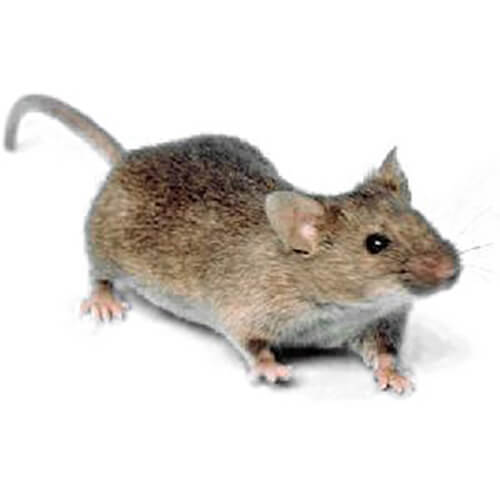
House Mouse (Mus musculus)
The ubiquitous house mouse is found worldwide and is known for its small size, gray-brown fur, and long tail. These adaptable rodents often thrive in human-made environments, making them a common household pest.

White-Footed Mouse (Peromyscus leucopus)
This North American species is identifiable by its white feet and belly. White-footed mice inhabit forests, grasslands, and rural areas, often coexisting with humans.
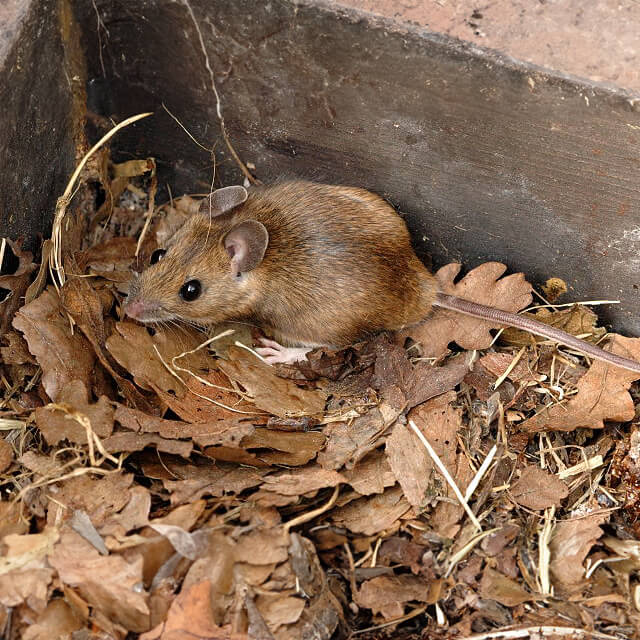
Yellow-Necked Mouse (Apodemus flavicollis)
Another European species, the yellow-necked mouse, boasts a distinctive yellow band across its neck. It thrives in woodland environments and is known for its arboreal habits.
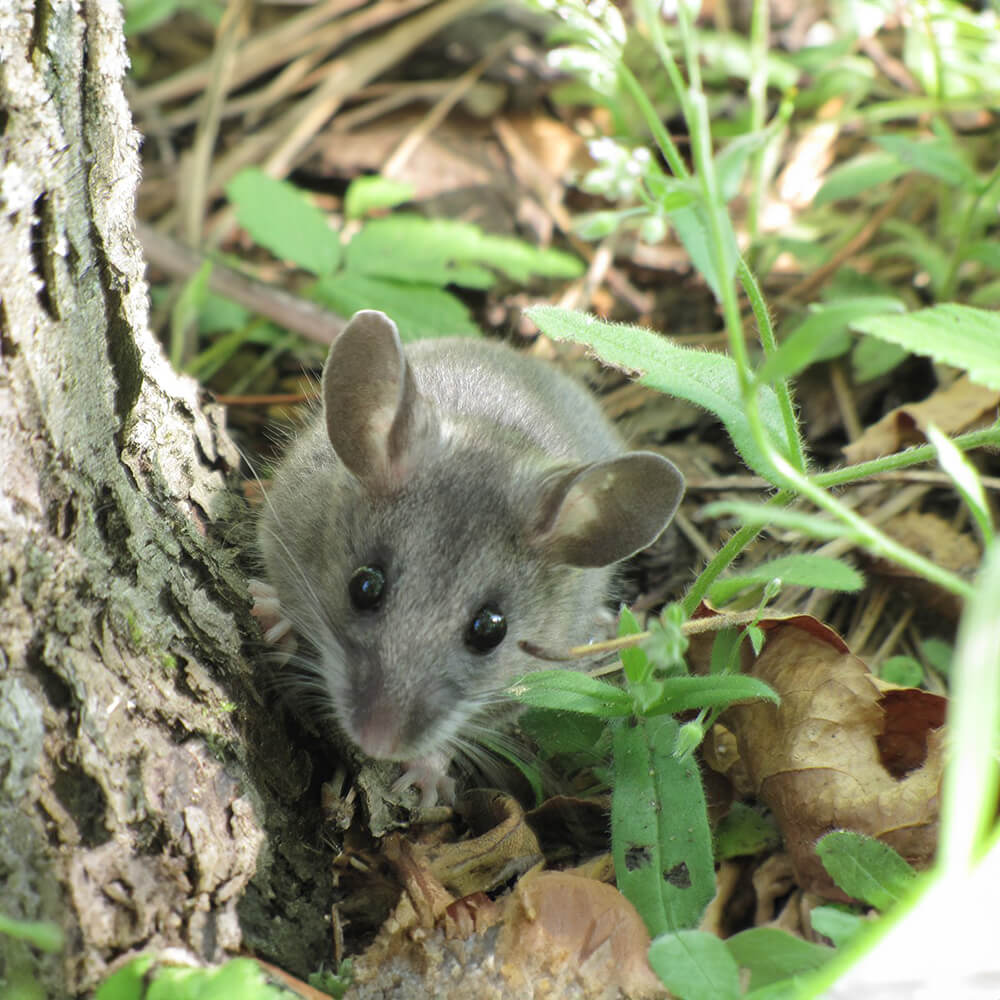
Deer Mouse (Peromyscus maniculatus)
Deer mice are widespread in North America. They have distinctive white undersides and are often found in wooded areas, fields, and even buildings. Some deer mice are carriers of hantavirus, which can pose health risks to humans.
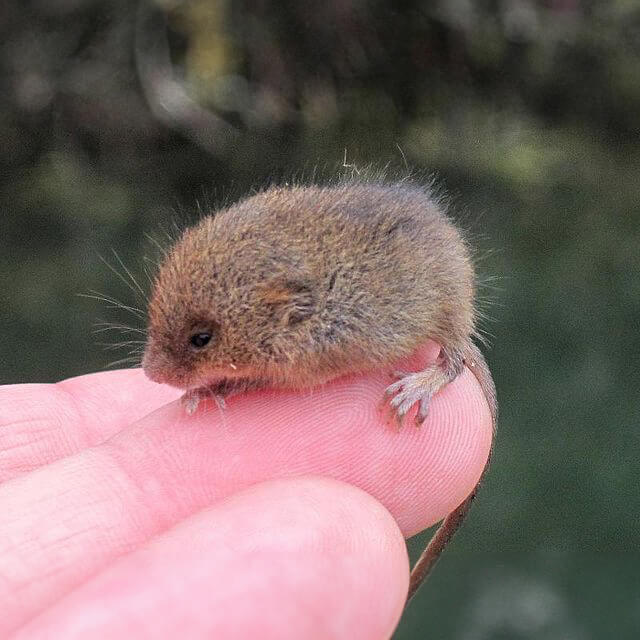
Harvest Mouse (Micromys minutus)
As one of the smallest mouse species, harvest mice are primarily found in Europe and Asia. They are known for their prehensile tails and are often located in reed beds and grassy habitats.
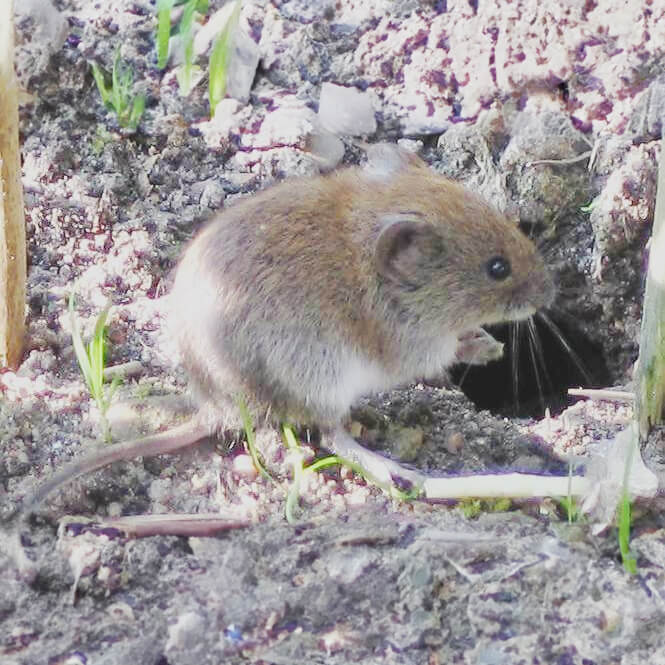
Bank Vole (Myodes glareolus)
Common throughout Europe and Asia, bank voles are small, burrowing rodents frequently found in forested and grassy areas. They play a significant role in local ecosystems as prey for various predators.
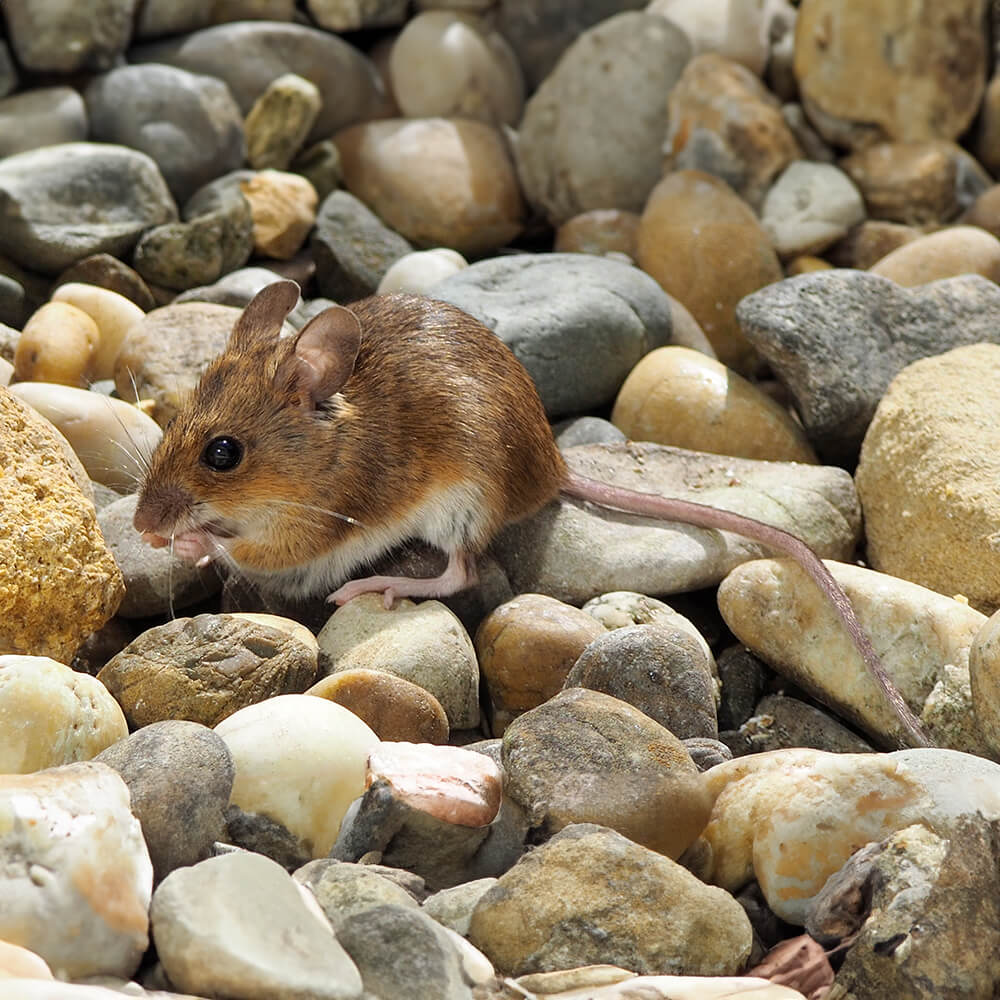
Field Mouse (Apodemus spp.)
Field mice encompass various species within the Apodemus genus and are distributed throughout Europe and Asia. They are known for their agility and adaptability to outdoor environments.
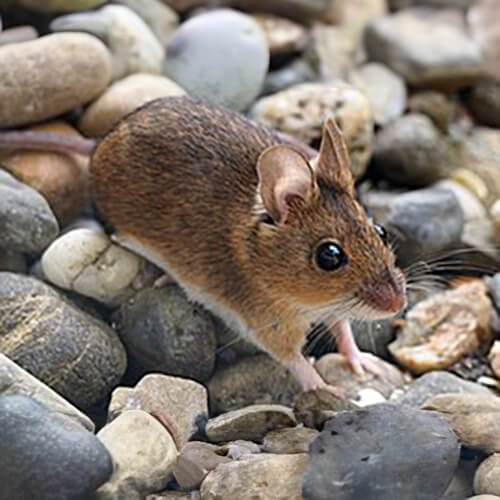
Wood Mouse (Apodemus sylvaticus)
Also known as the long-tailed field mouse, this species is prevalent in Europe and parts of Asia. Wood mice are known for their nocturnal behavior and are often encountered in woodland and garden settings.
Understanding the characteristics and habitats of these common mouse species is essential for effective pest management and wildlife conservation efforts. Whether you encounter them as household pests or in their natural habitats, a comprehensive knowledge of these mice is valuable for coexisting harmoniously with these ubiquitous rodents.
Mice are known for their rapid reproduction. A single pair of mice can produce as many as 15,000 offspring in just one year if left unchecked.
The life cycle of mice
The life cycle of mice is a fascinating journey that provides valuable insights into these small yet resilient creatures. For effective pest control and a deeper appreciation of their behavior, it’s essential to grasp their life cycle. Here’s a concise breakdown:

Birth and Early Development
The mouse life cycle commences when a female mouse, known as a doe, gives birth to a litter of pups. Typically, this occurs after a gestation period of about 19-21 days. Newborn mouse pups are born blind, hairless, and completely dependent on their mother for nourishment and warmth.

Growth and Development
As the pups grow, they gradually open their eyes and develop fur, becoming more mobile and curious. This stage marks increased exploration of their environment and the introduction of solid food into their diet, alongside nursing.

Reproductive Maturity
Mouse pups reach reproductive maturity remarkably quickly, often within a matter of weeks. Once they are sexually mature, they can start breeding, perpetuating the life cycle by giving birth to their own litters.

Maternal Care
Mother mice play a crucial role in nurturing their young. They provide essential care, including nursing and grooming, ensuring the well-being and survival of the pups. The mother mouse meticulously maintains a clean and safe nest for her offspring.
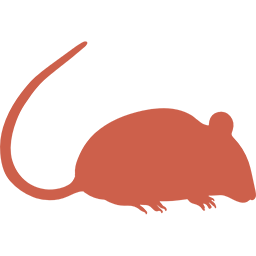
Independence
As the mice pups continue to mature, they become more independent. They transition from relying solely on their mother’s milk to consuming solid food. This phase also involves the development of social behaviors within the litter.
Understanding the life cycle of mice is essential for various purposes, from pest management to scientific research. By gaining insight into these stages, we can better appreciate the resilience and adaptability of these common rodents.
Wild mice typically have a short lifespan, averaging around one year. In contrast, pet mice can live up to two or three years with proper care.
The seasons most conducive to mice
Mice are highly adaptable creatures whose behavior varies with the changing seasons. To effectively manage mouse infestations and protect your property, it’s essential to know when they are most active. Here’s a concise overview of the seasons most conducive to mice:

Spring
Spring marks the beginning of increased mouse activity. As temperatures rise, mice become more active in their search for food and nesting sites. This season is ideal for breeding, and female mice often give birth to their first litters during the early spring months. As vegetation grows, mice may also seek shelter indoors, making pest control measures essential.

Fall
As the weather begins to cool, mice become more motivated to find warm, sheltered locations for the upcoming winter. Fall is a critical season for pest prevention. Mice may start seeking entry into homes and buildings, making it essential to inspect and seal potential access points.
Summer
Summer is a season of abundance for mice. Food sources are plentiful, and the warm weather encourages their outdoor exploration. Mice might venture indoors less frequently during the summer, but they remain active in gardens, fields, and other outdoor areas. It’s crucial to maintain proper sanitation and seal entry points to prevent infestations.
Winter
Winter is when mice are most likely to seek refuge indoors. The colder temperatures and reduced food availability drive them indoors in search of warmth and sustenance. This season is when mouse infestations are most common, as they can cause damage to property and pose health risks.
Understanding the seasonal behavior of mice is vital for effective pest management. By taking preventive measures and remaining vigilant during the seasons most conducive to mice, you can minimize the risk of infestations and protect your home and property.
Mice are primarily nocturnal, which means they are most active during the night. They tend to forage for food and explore their environment when it’s dark and quiet.
Where do mice come from, their habitat
Understanding the origins and natural habitats of mice is essential for effective pest control and a deeper appreciation of their ecological role. Here’s a concise breakdown of where mice come from and their typical habitats:
Origins
Mice have a widespread global presence, and their origins can be traced back to various regions around the world. They are known to inhabit nearly every continent, excluding Antarctica. The specific species of mice can vary depending on geographical location.

Fields and Grasslands
Mice are commonly found in open grassy areas, where they burrow into the ground for shelter and forage for seeds, grains, and vegetation.

Urban and Rural Setting
Mice are opportunistic and have adapted to living in human-made environments. They can be found in both urban and rural areas, often seeking shelter in buildings, barns, and homes.

Forests
Some species, such as the wood mouse (Apodemus sylvaticus), are well-suited for forested environments. They inhabit wooded areas and create nests in tree cavities or leaf litter.

Wetlands and Marshes
Certain species, like the harvest mouse (Micromys minutus), thrive in wetland habitats, constructing nests within reeds and tall grasses.
Behavior and Adaptability
Mice are known for their ability to adapt to a wide range of habitats, making them highly successful as both prey and predators in various ecosystems. Their adaptability has enabled them to coexist with humans in urban areas, where they often become household pests.
Understanding where mice come from and their natural habitats is essential for effective pest management. By recognizing their preferred environments and behavior, you can take proactive measures to prevent infestations and protect your living spaces.
Mice are omnivores, which means they eat both plants and animals. They will consume anything from grains and fruits to insects and small animals.
What attracts mice into our homes
Mice are notorious for finding their way into human dwellings, drawn by a combination of factors that offer shelter, food, and warmth. To effectively prevent mouse infestations, it’s crucial to understand what attracts them into our homes. Here’s a concise breakdown:
Food Sources
Mice are opportunistic feeders and are primarily attracted by the availability of food. Common attractants include:
- Unsealed Food: Open food containers, crumbs, and spilled food provide easy meals for mice. They are skilled at foraging for food remnants in kitchens, pantries, and dining areas.
- Pet Food: Leftover pet food or accessible pet food storage can be a significant draw for mice. Ensure pet food is stored in airtight containers.
Garbage: Improperly sealed trash cans and overflowing garbage bins are enticing to mice. Regularly dispose of trash and use secure lids on bins
Water Sources
While not as critical as food and shelter, water availability can also attract mice. Leaky pipes, dripping faucets, and moisture-prone areas provide a source of hydration.
Shelter and Nesting Sites
Mice seek warm, safe places to build nests and breed. Attractive nesting sites include:
- Clutter: Piles of clutter, cardboard boxes, and stored items provide mice with hiding spots and nesting materials.
- Gaps and Cracks: Mice can squeeze through tiny openings, such as gaps around doors, windows, pipes, and vents.
These entry points often lead them indoors.
Warmth and Protection
As temperatures drop, mice are motivated to seek shelter. Homes offer ideal conditions:
- Insulation: Well-insulated homes provide warmth during colder seasons, making them attractive to mice seeking refuge from the elements.
- Dark and Quiet Spaces: Mice prefer quiet, secluded areas where they can build nests undisturbed, such as attics, basements, and crawl spaces.
By addressing these factors that attract mice into our homes, homeowners can take proactive steps to minimize the risk of infestations. Regular cleaning, proper food storage, sealing entry points, and maintaining a clutter-free environment are key measures in preventing unwanted mouse visitors.
Mice have a remarkable homing instinct and can find their way back to their nests even after being transported several miles away.
Signs that you have a mice infestation
Detecting a mice infestation early is essential for prompt and effective pest control. These small rodents are notorious for invading homes, and recognizing the signs is crucial. Here’s a concise breakdown of signs that indicate you have a mice infestation:
Droppings
One of the most apparent signs of a mice infestation is the presence of small, rod-shaped droppings. These droppings are often found along their common travel routes, near food sources, or in nesting areas.
Nesting Materials
Mice build nests using readily available materials, such as paper, fabric, and insulation. Discovering shredded materials in hidden corners or unused spaces can indicate a mouse infestation.
Chewed Food Packaging
Mice are notorious for gnawing through food packaging to access their meals. Check for damaged or chewed food containers in your pantry or kitchen.
Pet Behavior
If your pets suddenly become more alert, exhibit heightened curiosity, or spend time fixated on specific areas, they may be reacting to the presence of mice.
Gnaw Marks
Mice have continuously growing incisor teeth that they must gnaw on to keep from overgrowing. Look for gnaw marks on food packaging, wires, wood, and other materials, as well as small, chewed openings in walls or baseboards.
Noises
Mice are nocturnal and may be heard scurrying, scratching, or squeaking in walls, ceilings, or floors during the night. These noises are more pronounced in quiet environments.
Tracks and Smudge Marks
Mice often leave behind tracks and smudge marks, especially in dusty or less frequently cleaned areas. These can be noticeable on floors, walls, and baseboards.
Urine Odor
Mice often leave behind a distinct, ammonia-like odor in areas where they travel and nest. The smell may be particularly strong in enclosed spaces like attics and crawl spaces.
Visible Sightings
Spotting live mice, especially during daylight hours, is a clear indication of an infestation. They may dart across floors, counters, or other surfaces.
Holes and Entry Points
Inspect your home for small holes or gaps in walls, doors, windows, and foundation areas. Mice can squeeze through surprisingly tiny openings.
Recognizing these signs early is crucial for effective mouse control. If you suspect a mice infestation, it’s advisable to contact a pest control professional to assess the situation, identify entry points, and implement appropriate eradication measures to prevent further damage and health risks.
Mice are skilled climbers and can easily scale vertical surfaces, jump up to a foot in height, and even leap horizontally to access food sources or escape predators.
Rooms where mice hide
Mice are known for their ability to hide in small, secluded spaces to avoid detection. Some of the most common rooms and areas where mice hide include:

Kitchen
Mice are often drawn to kitchens because of the readily available food sources. They can hide in cabinets, behind appliances, and in pantries.
Garages
Garages often have numerous hiding spots for mice, such as in piles of debris, behind stored items, or near pet food.
Living rooms
Mice can hide behind furniture, inside upholstery, and in electronic equipment if there are small openings.
Basements
Basements provide plenty of dark, undisturbed areas where mice can hide, such as behind stored items, in cracks and crevices, or in utility rooms.
Laundry rooms
Mice can hide behind washing machines and dryers or within laundry baskets and piles of dirty clothes.
Bathrooms
Mice may seek shelter in bathrooms, especially if there are water leaks or moisture issues. They can hide under sinks and behind toilets.
Attics
Attics offer a warm, dry environment that mice find attractive. They may hide in insulation, cardboard boxes, or clutter stored in the attic.
Bedrooms
Mice may venture into bedrooms in search of food crumbs or nesting material. They can hide in closets, under beds, or behind furniture.
Vehicles
Mice may find their way into cars, trucks, and other vehicles, hiding under the hood, inside the engine compartment, or in the interior.
It’s important to note that mice can squeeze through very small openings, so it’s crucial to seal any potential entry points in your home to prevent them from gaining access in the first place. If you suspect a mouse infestation, it’s best to take prompt action to address the issue and eliminate these pests from your living spaces.
Mice are territorial animals and will mark their territory with urine. This can lead to a strong odor in infested areas.
The dangers and damages that mice can cause
Mice, seemingly small and harmless, can pose significant dangers and cause substantial damages when they infiltrate homes and businesses. Recognizing these risks is crucial for prompt action and effective pest control.
Property Damage
Mice are prolific chewers with a constant need to gnaw to keep their teeth from overgrowing. This behavior can lead to significant property damage, including:
- Chewed Wires: Mice gnaw on electrical wires, creating a fire hazard and potentially causing electrical malfunctions.
- Structural Damage: They can burrow into insulation, walls, and ceilings, compromising a building’s structural integrity.
- Contaminated Insulation: Mice often use insulation materials for nesting, leading to reduced insulation effectiveness and potential health hazards.
- Food Contamination: Mice frequently contaminate food storage areas by gnawing through packaging and leaving droppings behind, rendering food unsafe for consumption.
Contaminated Air Quality
The presence of mice can degrade indoor air quality due to the accumulation of allergens, fecal matter, and urine odors.
Allergens and Asthma Triggers
Mouse droppings and urine can contain allergenic proteins that may trigger allergies and exacerbate asthma symptoms, especially in susceptible individuals.
Reproduction Rates
Mice reproduce rapidly, with a single pair capable of producing numerous offspring in a short period. This can lead to exponential growth in infestations if left unchecked.
Nesting Materials
Mice often use materials like paper, fabric, and insulation for nesting, which can lead to damage in attics, basements, and crawl spaces.
Financial Costs
Dealing with the damages caused by mice, including repairs, sanitation, and pest control services, can result in significant financial burdens for homeowners and businesses.
Recognizing the dangers and damages that mice can cause underscores the importance of proactive pest control measures. Promptly addressing a mouse infestation is crucial to safeguarding health, property, and overall well-being. Consultation with a pest control professional is often the most effective way to mitigate these risks and ensure a safe, pest-free environment.
Mice can carry various diseases, including hantavirus, salmonella, and leptospirosis, which can be transmitted to humans through contact with their droppings, urine, or saliva.
How to get rid of mice / Available treatments
Dealing with a mouse infestation requires a proactive approach to ensure the health and safety of your home or business. There are various treatments and prevention strategies available to effectively get rid of mice. Here’s a concise breakdown:
Professional Pest Control
Engaging a licensed pest control professional is often the most effective and reliable way to eliminate a mouse infestation. Pest control experts can assess the extent of the problem, identify entry points, and employ safe and targeted methods for eradication.
Sealing Entry Points
Preventing future infestations is crucial. Seal any gaps or cracks in walls, doors, windows, and foundation areas through which mice may enter. Use materials like steel wool, caulk, or wire mesh to block potential entry points.
Ultrasonic Devices
Some people use ultrasonic devices that emit high-frequency sounds to deter mice. While these devices are available, their effectiveness varies, and they may not provide complete eradication.
Traps
There are different types of mouse traps available, including snap traps, glue traps, and live traps. Snap traps are commonly used and can be baited with food to capture mice. Glue traps immobilize them, while live traps allow for catch-and-release. Ensure traps are strategically placed along mouse pathways and checked regularly.
Maintain Hygiene
Keep your living or workspaces clean and free of accessible food sources. Store food in airtight containers, clean up crumbs, and secure trash cans with tight-fitting lids. Regularly clean and disinfect areas where mice have been active.
Natural Predators
Owls, cats, and certain snake species are natural predators of mice. Encouraging their presence in the area can help deter mice, but it may not eliminate an established infestation.
Poison Baits
Mouse poison baits, often containing anticoagulants, are available in pellet or block form. These baits are placed strategically to lure mice, who then ingest the poison. This method requires careful placement to minimize the risk of unintended poisoning.
Remove Nesting Materials
If mice have created nests, remove them along with any contaminated materials like insulation or chewed wires.
Regular Inspection
Routinely inspect your property for signs of mice and address any issues promptly to prevent a recurrence.
The choice of treatment depends on the severity of the infestation and personal preferences. For a comprehensive and long-term solution, professional pest control services are highly recommended. Effective prevention measures, combined with appropriate treatment, will help ensure a mouse-free environment and safeguard your property and well-being.
The best way to deal with a mice infestation is through prevention. Seal any cracks or holes in your home, store food in airtight containers, and keep your living space clean to discourage mice from entering.
How to prevent mice infestations
Preventing mice infestations is a crucial step in maintaining a healthy and pest-free home or business. By implementing proactive measures, you can reduce the risk of mice invading your space.
Seal Entry Points
Mice can squeeze through incredibly small openings, so it’s essential to seal all potential entry points. Use materials like steel wool, caulk, or wire mesh to block gaps and cracks around doors, windows, pipes, and vents.
Store Firewood Properly
If you have firewood, store it away from your home and above the ground to prevent mice from nesting in it.
Seal Garages and Outbuildings
Ensure that garages, sheds, and other outbuildings are tightly sealed to prevent mice from entering and nesting.
Professional Inspection
Periodically consult a pest control professional to assess your property for vulnerabilities and potential entry points.
Maintain Cleanliness
A clean environment is less appealing to mice. Keep your living or workspaces tidy by:
- Storing Food Securely: Use airtight containers for food storage to prevent access to food sources.
- Cleaning Regularly: Sweep, mop, and vacuum regularly to remove crumbs and food residues that may attract mice.
- Taking Out the Trash: Dispose of trash regularly and use bins with tightly sealed lids to prevent access.
Install Door Sweeps
Add door sweeps to the bottom of exterior doors to block entry points for mice.
Regular Inspection
Routinely inspect your property for signs of mice, such as droppings, gnaw marks, or nesting materials. Early detection can prevent a small issue from becoming a full-blown infestation.
Remove Outdoor Attractants
Mice often enter buildings from outdoor areas. To deter them, take the following steps:
- Trim Vegetation: Keep shrubs and trees trimmed away from the exterior of your home or building to eliminate potential nesting sites and pathways.
- Eliminate Yard Debris: Remove piles of leaves, wood, and debris from your yard, as these can provide hiding spots for mice.
Consider Natural Predators
Encourage the presence of natural predators like owls, cats, and certain snake species in your area, as they can help deter mice.
By implementing these preventive measures, you can significantly reduce the risk of mice infestations and enjoy a pest-free environment. Taking proactive steps to mouse-proof your property is not only cost-effective but also essential for maintaining a healthy and comfortable living or working space.
Conclusion
In conclusion, mice infestation is a common and potentially troublesome issue that can affect both homes and businesses. These small rodents, known for their adaptability and rapid breeding, can cause a range of problems, from property damage to health risks. Recognizing the signs of infestation and taking proactive steps for prevention and control are essential for safeguarding your living or working environment.
Preventive measures such as sealing entry points, maintaining cleanliness, and removing attractants can significantly reduce the risk of a mice infestation. If an infestation does occur, seeking professional pest control services is often the most effective and safe way to address the problem.
Understanding the dangers and damages that mice can cause underscores the importance of swift and thorough action. By staying vigilant, implementing preventive strategies, and taking appropriate treatment measures when necessary, you can maintain a pest-free and healthy space for yourself, your family, or your business.
